
Discover the Majestic Seoraksan National Park
Experience the breathtaking beauty of Seoraksan National Park, a national reserve in Sokcho-si, renowned for its stunning landscapes and rich biodiversity.
Seoraksan National Park, located in Sokcho-si, Gangwon-do, is a breathtaking national reserve known for its stunning mountain landscapes, diverse flora and fauna, and rich cultural heritage. A must-visit for nature lovers and adventure seekers alike, the park offers a myriad of hiking trails, panoramic views, and opportunities to explore serene temples, making it an unforgettable destination for tourists.
A brief summary to Seoraksan National Park Seorak District
- Seorak-dong, Sokcho-si, Gangwon-do, KR
- +8233-636-7700
- Visit website
- Monday 6 am-6 pm
- Tuesday 6 am-6 pm
- Wednesday 6 am-6 pm
- Thursday 6 am-6 pm
- Friday 6 am-6 pm
- Saturday 6 am-6 pm
- Sunday 6 am-6 pm
Local tips
- Arrive early to avoid crowds and enjoy the tranquility of the park.
- Wear comfortable hiking shoes and bring plenty of water for your adventures.
- Check the weather forecast before your visit as conditions can change rapidly in the mountains.
- Consider visiting in autumn for stunning fall colors that enhance the park's beauty.
- Take time to explore the cultural sites within the park, such as Sinheungsa Temple.
Getting There
-
Car
If you are driving, head towards the Seoraksan National Park entrance located at Seorak-dong, Sokcho-si, Gangwon-do. From Sokcho city center, follow the signs for Seoraksan National Park. You will take the Donghae Expressway (Route 7) and then transfer to National Route 46. After approximately 15 km, you will see signs for the park entrance. There is a parking area available.
-
Public Transportation
To reach Seoraksan National Park by public transport, take a bus from Sokcho Bus Terminal. Look for the bus service labeled 'Seoraksan' or 'Seoraksan National Park', which operates regularly. The journey takes about 30 minutes. Once you arrive at the park entrance, you will need to purchase your entrance ticket before entering the park. Buses may not run frequently late in the evening, so plan your return accordingly.
Discover more about Seoraksan National Park Seorak District
Iconic landmarks you can’t miss
Kensington Hotel Seorak
0.4 km
Experience luxurious comfort at Kensington Hotel Seorak, your perfect base for exploring the stunning Seoraksan National Park in South Korea.

Three-story Stone Pagoda at HyangSeongSa Temple Site
0.5 km
Explore the historic Three-story Stone Pagoda at HyangSeongSa Temple Site, a stunning testament to ancient Korean architecture and spiritual heritage.
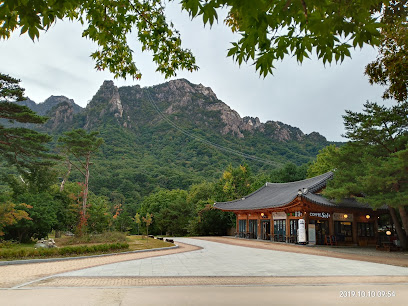
Seoraksan National Park Office
2.1 km
Explore the breathtaking landscapes and diverse wildlife at Seoraksan National Park, a UNESCO Biosphere Reserve in South Korea.
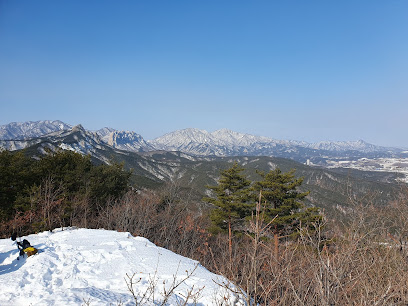
Goodstay Songwal Park
2.2 km
Discover tranquility at Goodstay Songwal Park, your perfect holiday home near Seoraksan National Park, blending comfort with nature's beauty.

Mt Seorak the East Sea and Hot spring
2.7 km
Explore the majestic Mt Seorak, where stunning landscapes meet soothing hot springs and the beautiful East Sea, perfect for relaxation and adventure.

Geumganggul Grotto
2.8 km
Experience the tranquility and spiritual beauty of Geumganggul Grotto, a hidden gem in Gangwon-do, South Korea.
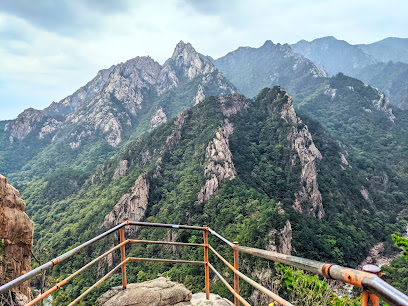
Ulsanbawi
3.4 km
Discover the breathtaking beauty of Ulsanbawi, a stunning rock formation in Sokcho, offering spectacular views and unforgettable hiking experiences.
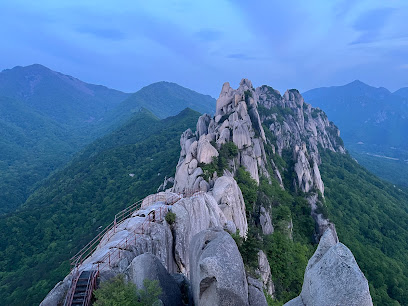
테디베어팜
4.1 km
Explore the breathtaking landscapes, stunning beaches, and vibrant culture of Sokcho-si, a must-visit destination in South Korea.
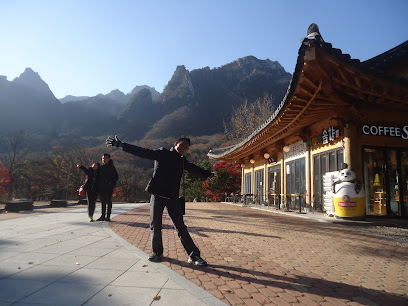
공룡능선
4.8 km
Discover the breathtaking Inje Mountain Range, a serene escape in South Korea, perfect for hiking, nature photography, and immersing in local culture.
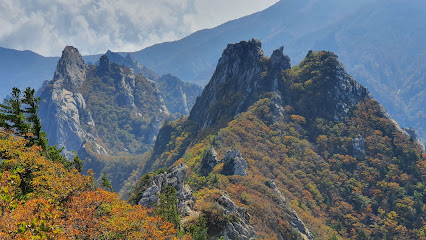
Kumho Seorak Resort
5.0 km
Discover tranquility and adventure at Kumho Seorak Resort in Sokcho-si, Gangwon-do, surrounded by stunning mountain views and nature's beauty.

Hanhwa Resort Seorak Sorano
5.2 km
Experience the ultimate family-friendly getaway at Hanhwa Resort Seorak Sorano, where adventure meets relaxation in the heart of nature.

Casa Seorak Bed and Breakfast
9.3 km
Discover the serene beauty of Sokcho-si at Casa Seorak Bed and Breakfast, your cozy retreat next to Seoraksan National Park.

Lotte Resort Sokcho
10.4 km
Discover luxury and relaxation at Lotte Resort Sokcho, a coastal paradise offering stunning views, a water park, and access to nature's wonders.

Neungpadae
14.6 km
Experience the breathtaking landscapes of Neungpadae, a serene tourist attraction in Gangwon-do, South Korea, perfect for nature lovers and photographers.
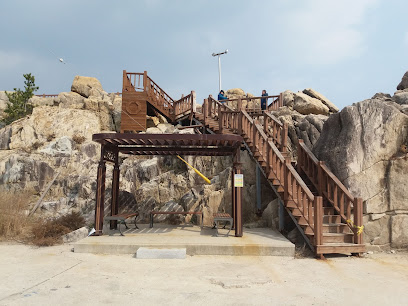
Goseong Wanggok Village
18.6 km
Explore the tranquil beauty and rich heritage of Goseong Wanggok Village, a hidden gem in Gangwon-do, South Korea, perfect for cultural immersion and relaxation.
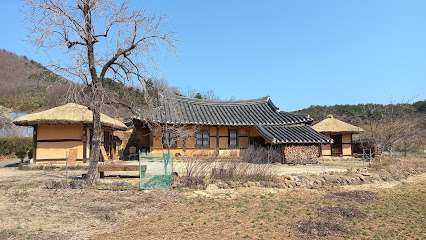
Unmissable attractions to see
Seoraksan Sogongwon Park
0.1 km
Experience the breathtaking landscapes and diverse wildlife at Seoraksan Sogongwon Park, a top scenic spot in South Korea's Gangwon-do.
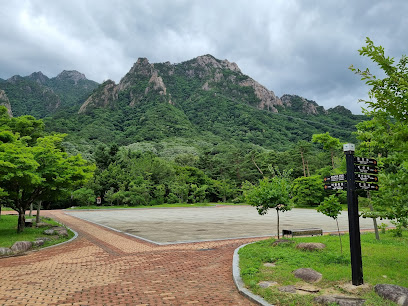
Seol-Agsan
0.2 km
Immerse yourself in the breathtaking landscapes of Seol-Agsan, a serene haven in Sokcho-si, Gangwon Province, perfect for hiking and nature photography.
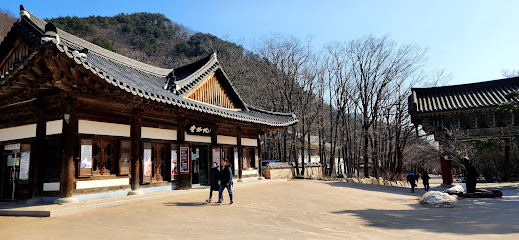
Seoraksan Cable Car
0.4 km
Discover breathtaking views of Seoraksan National Park from the Seoraksan Cable Car, a must-see attraction for every traveler in South Korea.
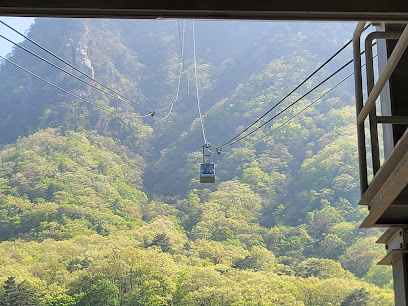
Sinheungsa Temple Unification Daebul 新興寺
0.6 km
Experience the tranquil beauty and rich history of Sinheungsa Temple, a serene Buddhist sanctuary nestled in the heart of Seoraksan National Park.
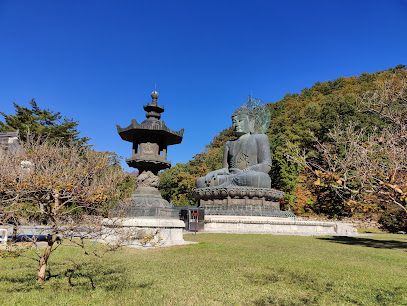
Sinheungsa Temple Stay 신흥사 속초 템플스테이
0.9 km
Discover peace and spirituality at Sinheungsa Temple Stay, your gateway to Korean Buddhist culture in the heart of nature.
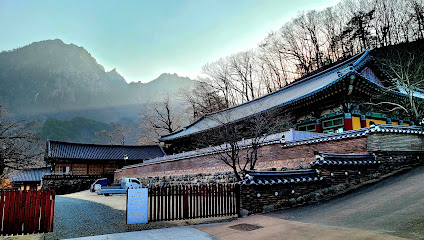
Seoraksan Sinheungsa Temple
0.9 km
Discover spiritual tranquility and breathtaking views at Seoraksan Sinheungsa Temple, a premier Buddhist site in Korea's natural paradise.
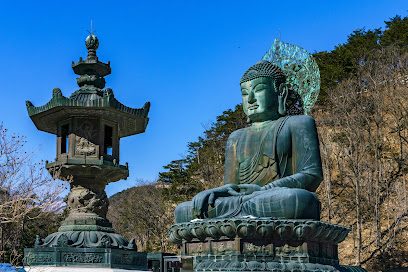
Seoraksan Cherry Blossom Tunnel
0.9 km
Discover the enchanting Seoraksan Cherry Blossom Tunnel, a picturesque haven of pink blooms and breathtaking mountain views in Gangwon-do, South Korea.
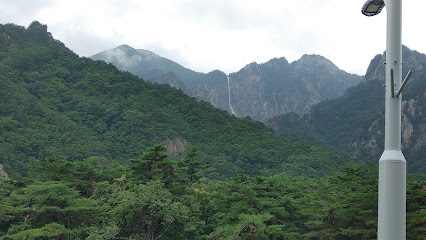
제진언집 목판
1.1 km
Discover the breathtaking landscapes and rich history of Seoraksan National Park, a perfect destination for nature lovers and cultural enthusiasts alike.
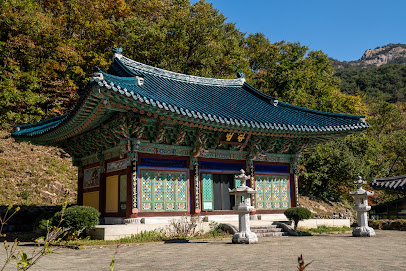
Yukdam Falls
1.1 km
Experience the natural beauty of Yukdam Falls in Sokcho-si, a breathtaking waterfall surrounded by serene landscapes and vibrant flora.
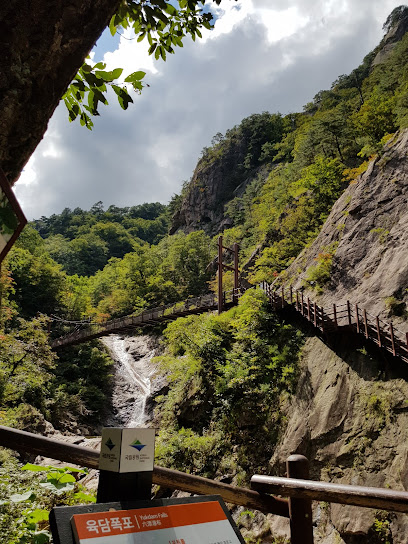
Anlakam 安樂庵
1.2 km
Explore the tranquil beauty of Anlakam Temple in Sokcho-si, a serene Buddhist sanctuary surrounded by nature's splendor.

Gwon Geum Seong Fortress
1.3 km
Discover the captivating Gwon Geum Seong Fortress, a historic gem nestled in Seoraksan National Park, offering breathtaking views and rich cultural heritage.
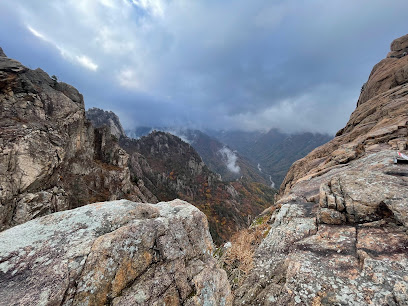
Towangseong Falls Observatory
1.3 km
Discover the stunning natural beauty of Towangseong Falls from the observatory in Sokcho-si, Gangwon-do, South Korea.
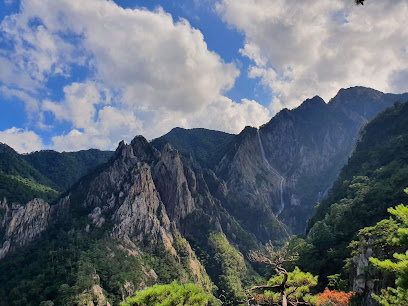
Yunusseong
1.3 km
Explore the stunning landscapes and rich history of Yunusseong, a captivating tourist attraction in Sokcho-si, Gangwon-do, South Korea.
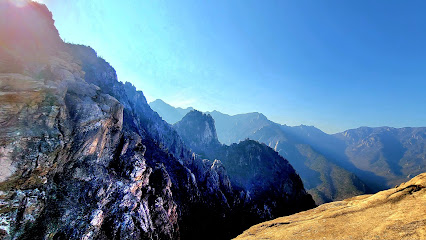
Biryong Falls
1.5 km
Discover the enchanting beauty of Biryong Falls, a stunning natural wonder in Seoraksan National Park, perfect for nature lovers and adventure seekers alike.
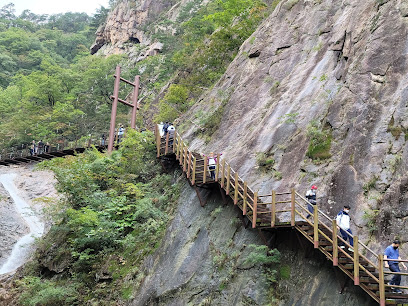
뽀뽀바위
1.6 km
Discover the breathtaking beauty of Seorak Park, a natural gem in Sokcho-si, perfect for hiking, wildlife watching, and cultural exploration.
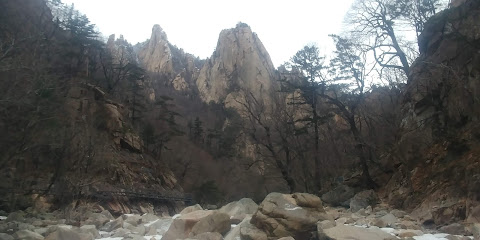
Essential places to dine
Solhyang
0.4 km
Discover authentic Korean cuisine at Solhyang in Sokcho - where tradition meets taste amidst beautiful Gangwon-do scenery.
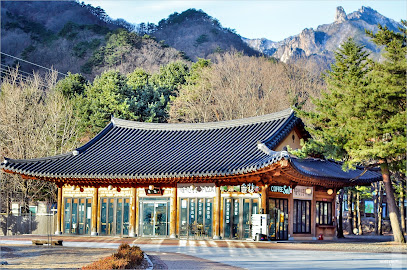
Nonseondae
0.5 km
Discover the rich flavors of traditional Korean cuisine at Nonseondae in Sokcho-si, where every dish tells a story.

Jeombongsan Sanchae
5.7 km
Discover Jeombongsan Sanchae: A unique vegan restaurant in Sokcho offering authentic Korean flavors amidst beautiful landscapes.
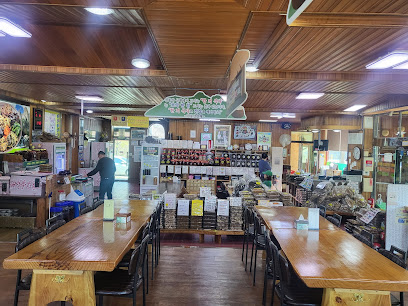
Dancheon Restaurant
9.3 km
Experience authentic Korean flavors at Dancheon Restaurant in Sokcho-si, famous for its delicious cold noodles and soondae specialties.

Matsu
9.3 km
Experience authentic Italian cuisine at Matsu in Sokcho – where every dish tells a story of flavor and tradition.
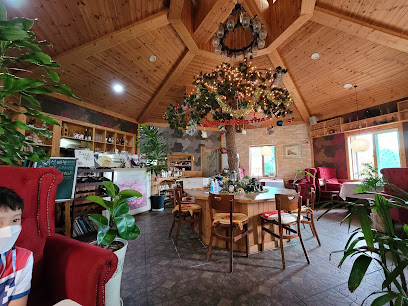
Gohyangjib
29.1 km
Discover authentic Korean flavors at Gohyangjib, where tradition meets taste in every tofu dish.

대영유통
42.8 km
Experience authentic Korean king crab at 대영유통 in Gangwon-do – where freshness meets tradition in every bite.

hafakiki beach lounge
49.3 km
Discover exquisite barbecue and vibrant nightlife at Hafakiki Beach Lounge in beautiful Gangwon-do - where culinary delight meets coastal charm.

Restaurant
50.7 km
Discover authentic Korean cuisine in Gangwon-do's charming restaurant, offering local flavors in a cozy setting.

Rui
55.3 km
Experience authentic Japanese cuisine at Rui in Gangneung—savor fresh sushi and delightful dishes in an inviting atmosphere.

Cafe Paul & Mary
55.9 km
Experience the best of fast food at Cafe Paul & Mary in Gangwon-do—where delicious hamburgers meet local charm.
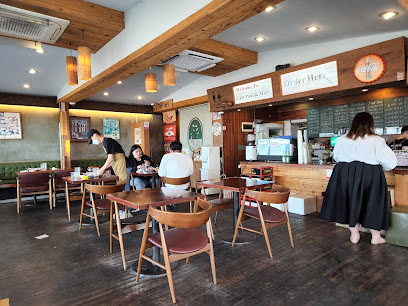
Analog Society
56.0 km
Discover unique flavors and cozy ambiance at Analog Society - your must-visit restaurant in Gangneung-si's vibrant culinary scene.

동화가든 본점
56.2 km
Savor authentic Korean tofu dishes at Donghwa Garden - a culinary gem in Gangneung-si offering fresh flavors and warm hospitality.
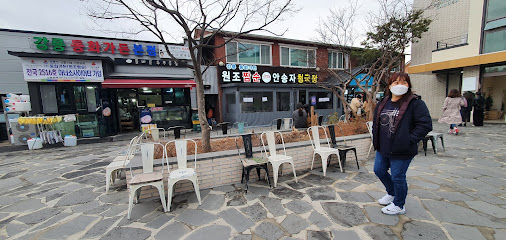
Sonamu Jib (Pine Tree House) Chodang Soft Tofu
56.2 km
Experience authentic Korean cuisine at Sonamu Jib (Pine Tree House), famous for its delectable soft tofu dishes in scenic Gangwon-do.

초당할머니순두부
56.3 km
Discover the heart of Korean cuisine at 초당할머니순두부 in Gangneung—famous for its authentic soft tofu stew and warm hospitality.
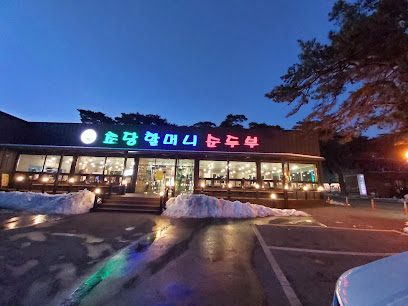
Markets, malls and hidden boutiques
이쁜이네집
0.9 km
Explore 이쁜이네집 in Sokcho for unique Korean crafts and a memorable shopping experience that reflects local culture and artistry.

7-Eleven Seoraksan
1.9 km
Explore the beauty of Seoraksan with 7-Eleven, your one-stop convenience store for all hiking essentials and local snacks.
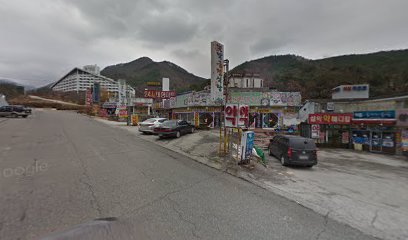
Seven Eleven
2.0 km
Discover convenience at Seven Eleven in Sokcho, offering local snacks, drinks, and essentials for your travel needs.
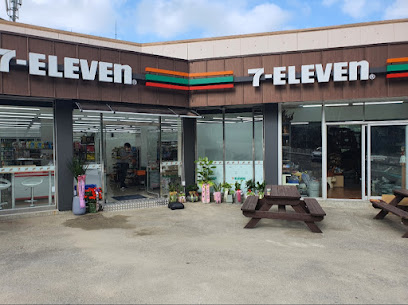
GS25설악산점
2.3 km
Discover local treats and essentials at GS25, your convenient stop in Seoraksan for snacks, drinks, and travel necessities.
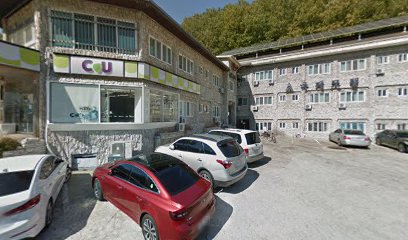
CU 속초설악점
2.3 km
Experience convenience and local flavors at CU Sokcho Seorak, the ultimate stop for travelers exploring Sokcho and Seoraksan.
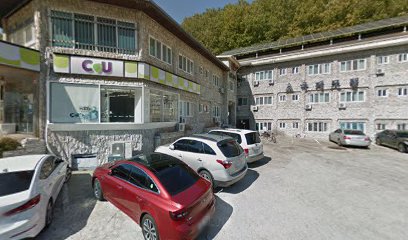
정원상회
2.9 km
Experience the local flavors of Sokcho-si at Jeongwon Sanghoe, your go-to grocery store for authentic Korean ingredients and snacks.
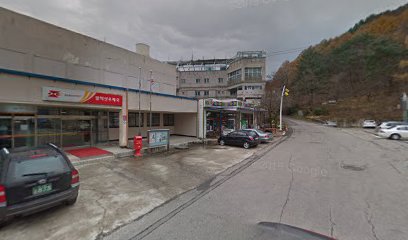
설악24시 할인마트
3.0 km
Discover local flavors and essentials at Seorak 24-Hour Discount Mart, your go-to grocery store in Sokcho, South Korea.
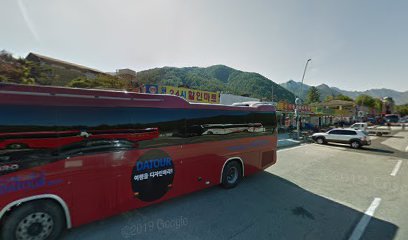
Bullobang
4.3 km
Explore Bullobang in Sokcho-si, a haven for health enthusiasts offering organic snacks, beverages, and wellness workshops in beautiful Gangwon-do.

척산그린마트
4.5 km
Explore the vibrant flavors of Sokcho at 척산그린마트, your local grocery store for authentic Korean ingredients and specialties.

Sorak Cultural Center
4.6 km
Discover the heart of Korean culture at Sorak Cultural Center, a vibrant hub for arts, community events, and a unique bookstore experience.

더케이에델바이스
5.4 km
Discover top-notch sporting goods at 더케이에델바이스 in Sokcho-si, your ultimate destination for outdoor adventure gear in beautiful Gangwon-do.
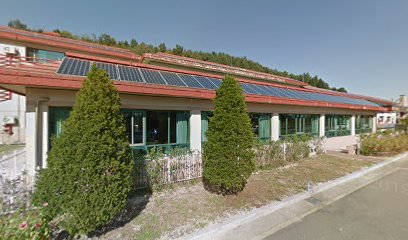
놀다가개
5.4 km
Discover the ultimate pet paradise at 놀다가개 in Sokcho-si, where every pet lover finds something special for their furry friends.
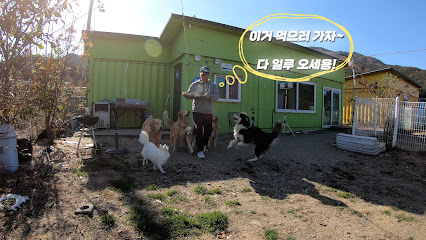
앤틱스토리
5.6 km
Discover timeless treasures and unique antiques at Antique Story in Sokcho, where history meets home decor in a charming shopping experience.

코아루마트
7.0 km
Discover local flavors and unique products at 코아루마트, a charming grocery store in Sokcho offering a taste of Korean culinary culture.

씨에프이십일
7.2 km
Explore the best of K-beauty at 씨에프이십일 in Sokcho, where quality meets style in a vibrant shopping experience.

Essential bars & hidden hideouts
럭키램프
3.9 km
Discover the cozy atmosphere and diverse drink menu at Lucky Lamp Bar, a must-visit spot in Sokcho for relaxation after your adventures.

몽트비어(MontBeer)
4.6 km
Discover the vibrant world of craft beer at 몽트비어 in Sokcho-si, a must-visit brewpub for every beer enthusiast.
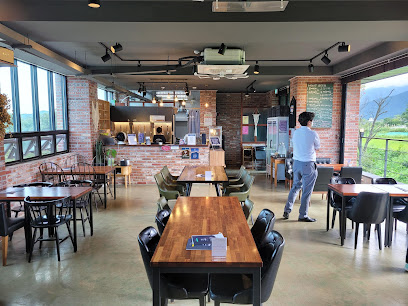
크래프트루트
4.7 km
Discover Craft Root, a vibrant brewpub in Sokcho-si offering handcrafted beers and delicious local cuisine in a modern setting.
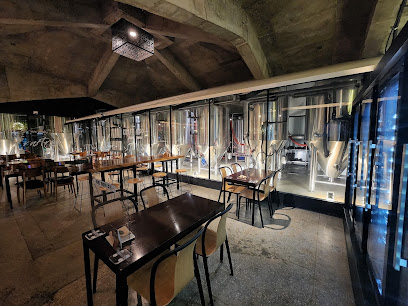
소소리44
6.9 km
Discover the elegance of fine wines at 소소리44, Sokcho's premier wine bar offering a cozy ambiance and an exquisite selection of local and international wines.
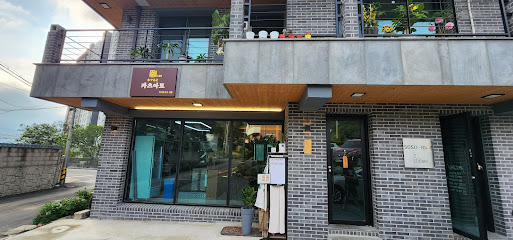
Ijeu
7.2 km
Discover the vibrant atmosphere and delightful drinks at Ijeu, a cozy bar in Sokcho-si, perfect for unwinding after your adventures in Gangwon-do.

호프마니아
7.2 km
Discover the lively ambiance and delightful drinks at 호프마니아, the ultimate bar experience in Sokcho, Gangwon-do.

헬리오스
7.4 km
Experience the vibrant nightlife at Helios in Sokcho, offering a diverse drink menu and a lively atmosphere perfect for unwinding after a day of exploration.

가르텐비어
7.4 km
Experience the essence of local brews at Garten Beer, a charming pub in Sokcho, offering a cozy atmosphere and a variety of drinks to savor.
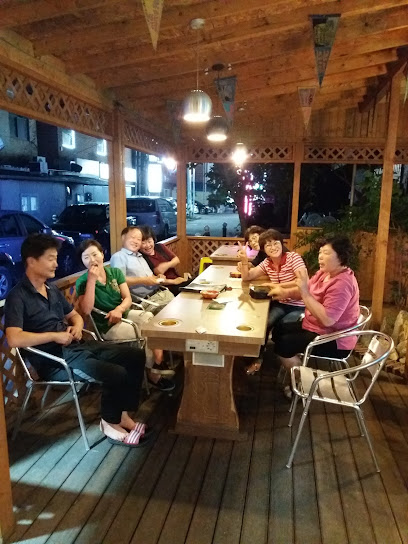
where u at?
7.5 km
Experience the vibrant nightlife of Sokcho at this premier bar, where local brews and unique cocktails await in a lively atmosphere.

NOWHERE
7.9 km
Experience the vibrant nightlife at NOWHERE in Sokcho, where great music, unique cocktails, and delicious bites create unforgettable moments.

Heobeu
8.0 km
Discover Heobeu, a vibrant bar in Sokcho offering a unique blend of local charm, diverse drinks, and a lively atmosphere for a memorable night out.

브라더오뎅
8.0 km
Experience the vibrant local culture and cozy ambiance at 브라더오뎅 in Sokcho-si, Gangwon-do - a bar that captures the essence of the region.
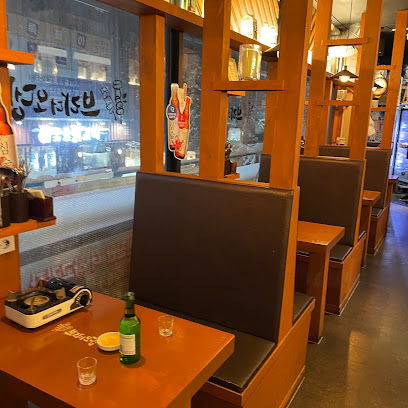
뉴욕카바레
8.1 km
Discover the lively nightlife of Sokcho at 뉴욕카바레, where great drinks and music create unforgettable evenings.

비어올레
8.6 km
Experience the vibrant nightlife of Sokcho at 비어올레, where cozy atmosphere meets delicious drinks in a charming bar setting.

Biteuljeu
9.3 km
Discover the vibrant nightlife at Biteuljeu in Sokcho-si, a cozy bar offering a perfect blend of traditional and international drinks.




